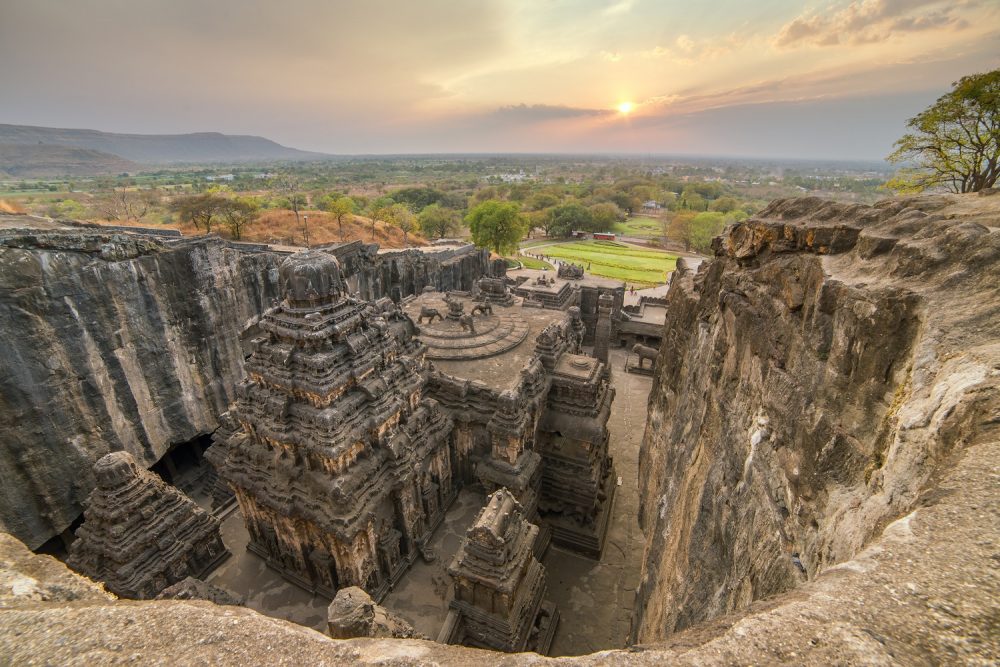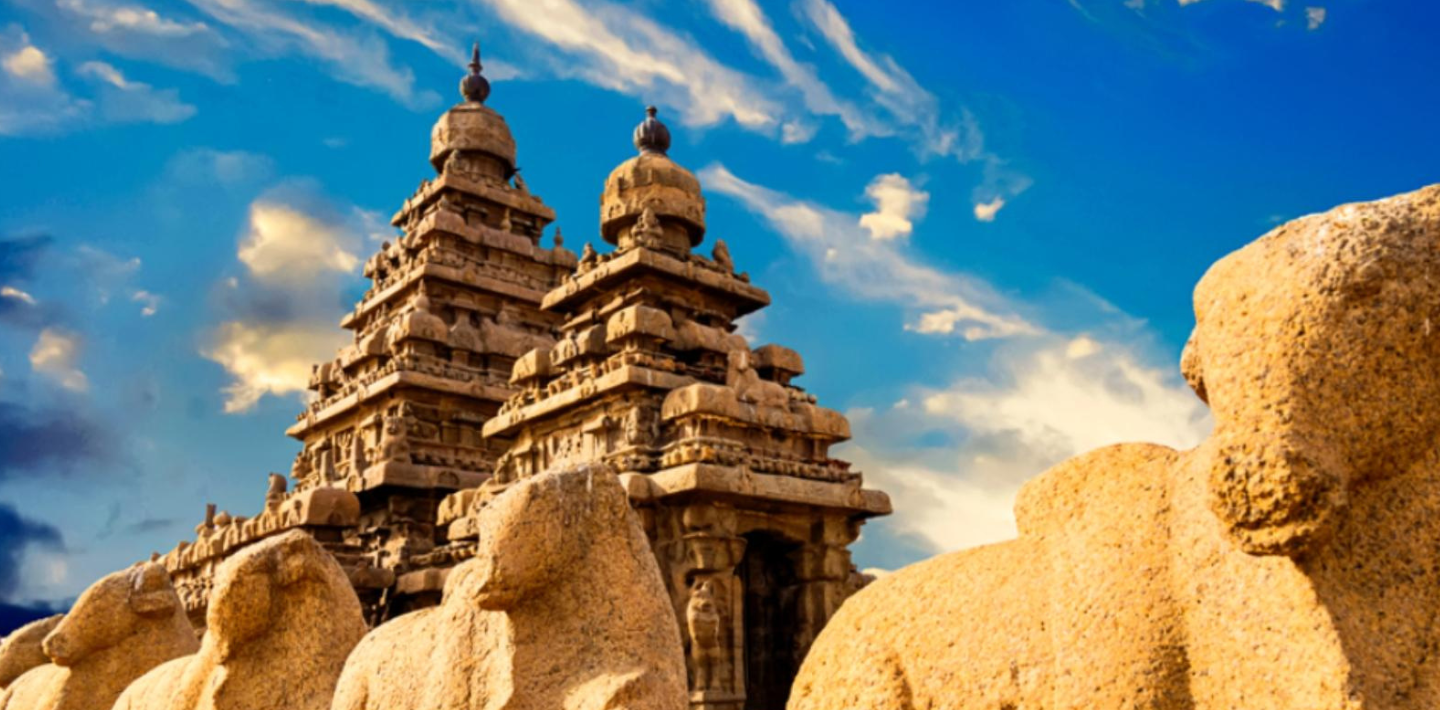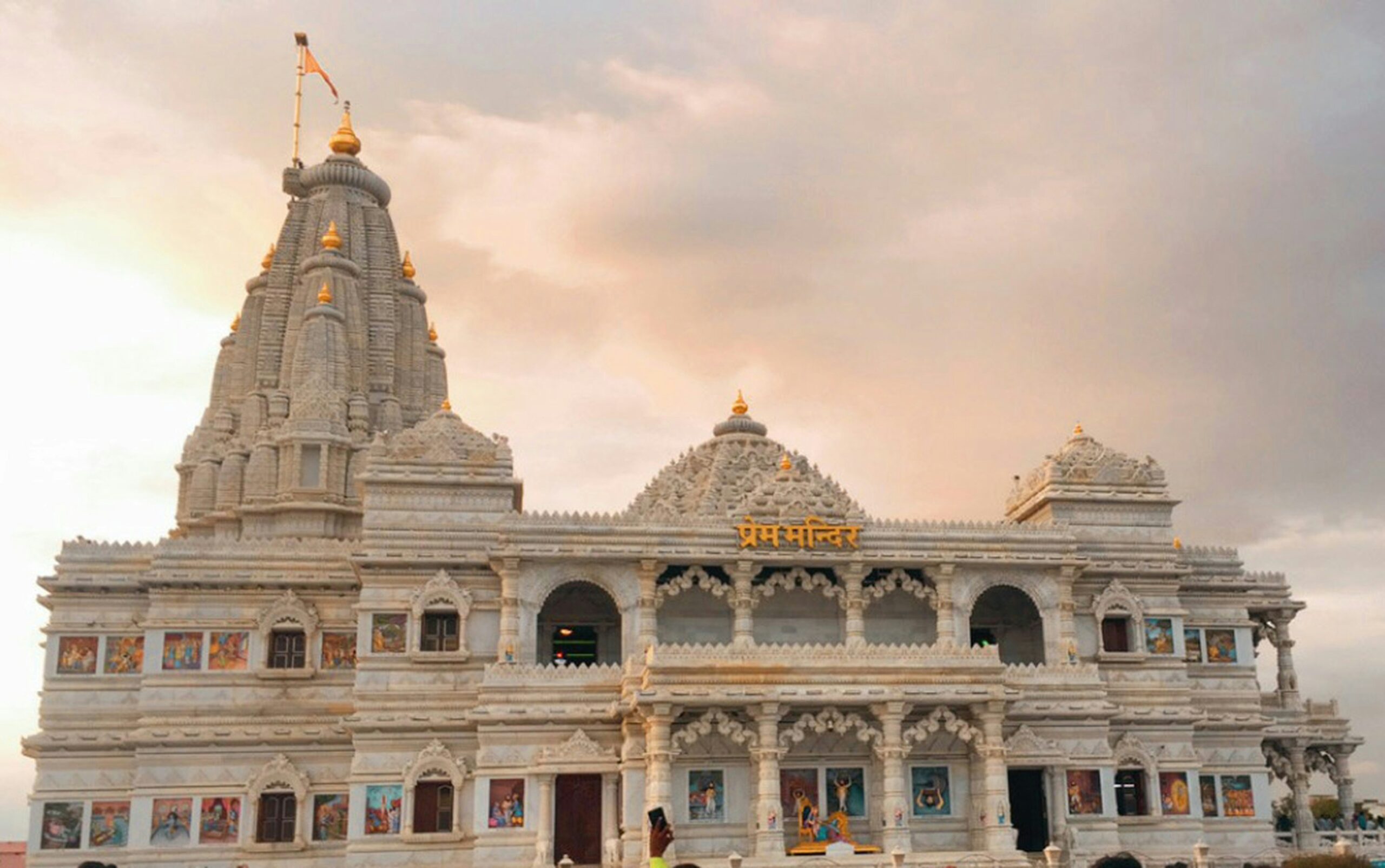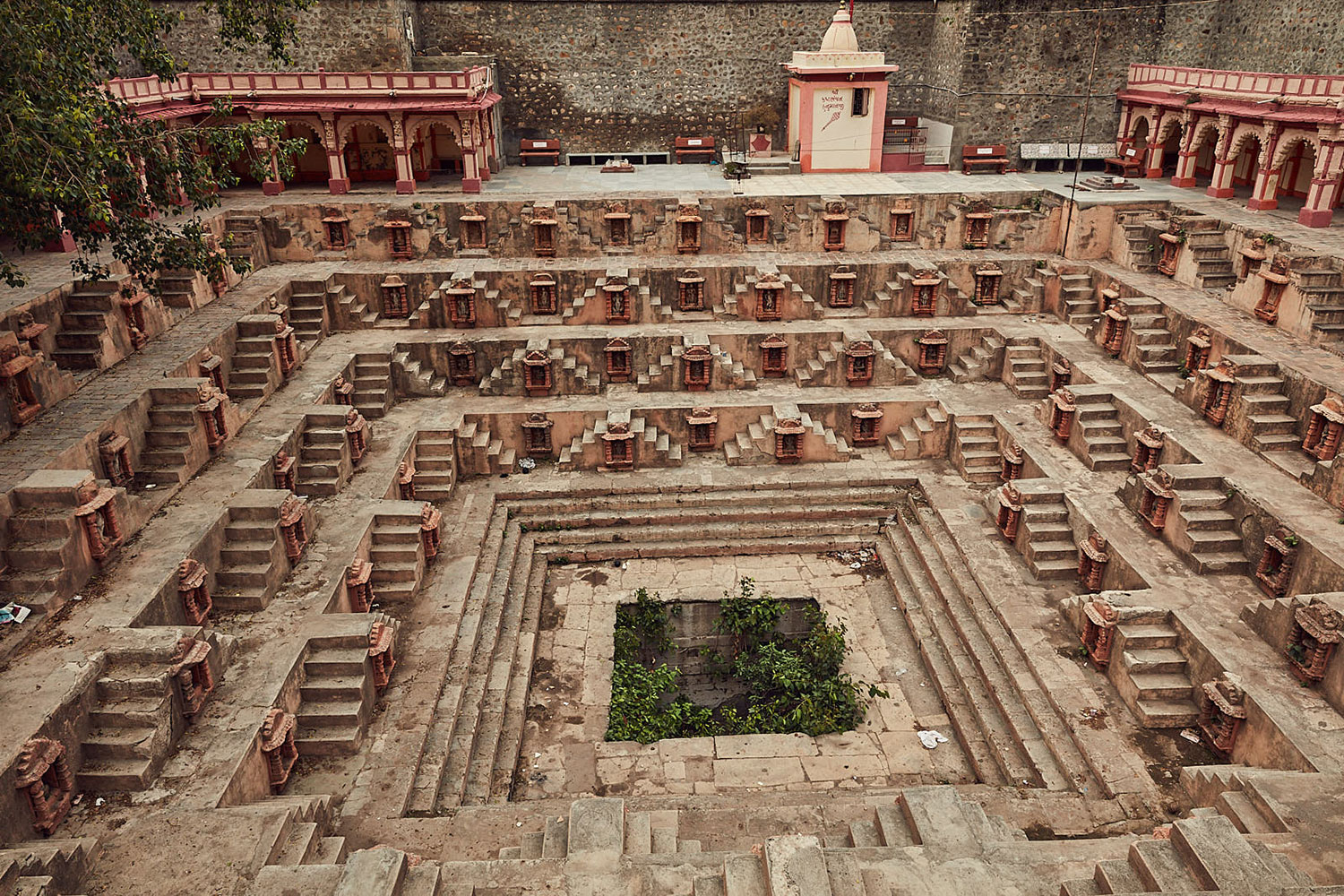Deep within the heart of Maharashtra, India, lies the majestic Kailasa Temple, a marvel of ancient engineering that has stood the test of time.
Built between 756-777 CE, this magnificent structure is a testament to the ingenuity and craftsmanship of the Rashtrakuta dynasty.
But beneath its intricate carvings and stunning architecture lies a secret, a secret that has puzzled historians and engineers for centuries.
You May Also Like: The Ancient City of Great Zimbabwe: Unveiling Africa’s Forgotten Past
The Unbelievable Construction
The Kailasa Temple is carved out of a single rock, a massive basalt monolith that stretches over 200 feet long, 150 feet wide, and 100 feet high.
But what’s truly astonishing is that this colossal structure was built without the use of mortar, pulleys, or any other modern construction tools. The ancient engineers used only chisels, hammers, and sheer determination to excavate and shape the rock into a work of art.
The Math Behind the Magic
So, how did they do it? The secret lies in the mathematics.
The temple’s design is based on the principles of Vaastu Shastra, an ancient Indian architecture that emphasizes harmony and balance.
The structure’s dimensions, layout, and even the placement of the pillars are all carefully calculated to create a sense of equilibrium.
But that’s not all – the temple’s design also incorporates the golden ratio, a mathematical constant that has been observed in nature and art throughout history.
The Alignment of the Stars
Another secret of the Kailasa Temple lies in its alignment with the celestial bodies.
The temple’s entrance is carefully aligned with the constellation of Orion, while the placement of the pillars corresponds to the positions of the stars in the constellation of Ursa Major.
This alignment is not just a coincidence – it’s a deliberate attempt to connect the earthly structure with the celestial realm.
The Water Management System
One of the most impressive secrets of the Kailasa Temple is its sophisticated water management system.
The temple’s design includes a complex network of channels, drains, and reservoirs that collect and conserve rainwater.
This ancient system is still functional today, a testament to the ingenuity of the engineers who built it.
Conclusion
The Kailasa Temple is more than just a work of art – it’s a testament to the ingenuity and craftsmanship of ancient India.
Its secrets, from its construction to its alignment with the stars, continue to inspire wonder and awe.
As we continue to unravel the mysteries of this magnificent structure, we are reminded of the power of human creativity and innovation.











One of my favourite templw
[…] You May Also Like: The Ingenious Indians: Unveiling the Engineering Secrets of Kailasa Temple […]